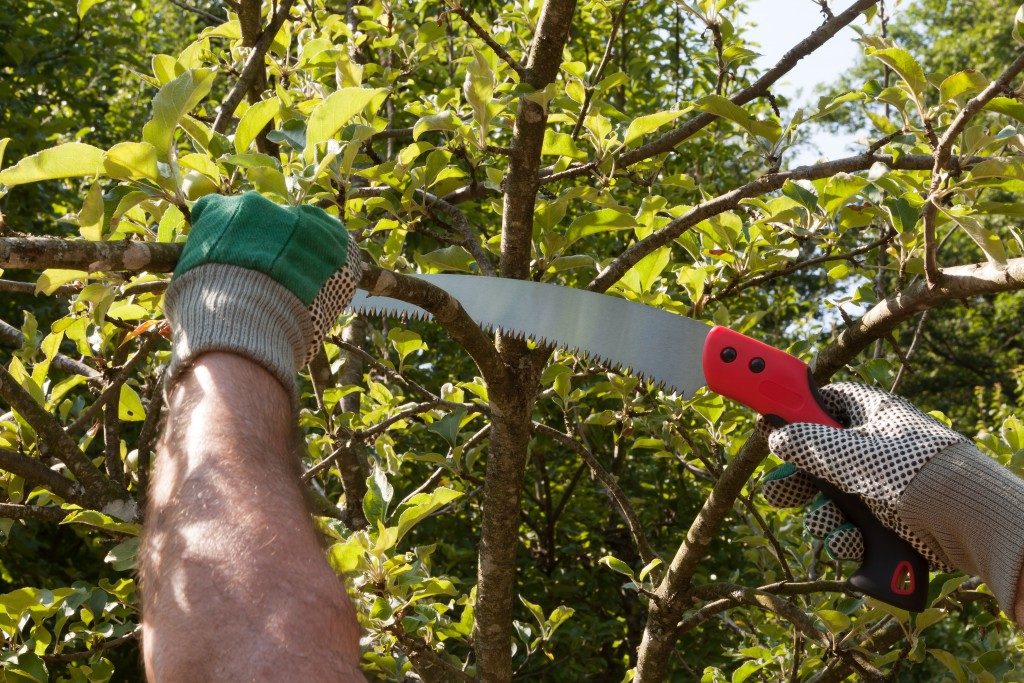Citrus fruits are at home in the subtropical climate of Florida where they thrive and grow bountifully. In the aptly named Citrus County, there are citrus trees of all kinds growing in groves and residential areas. The use of citrus trees is an important part of commercial landscaping services in and around Citrus County.
There is a wide range of citrus trees, including grapefruits, oranges, lemons and limes. There are other varieties common in other countries, such as calamansi and pomelo. Given a climate where citrus trees abound, it is logical to use these in landscaping for both residential and commercial areas.
Besides the climate, there are a few other things to consider when planting citrus trees.
Soil Quality
Citrus trees are great for tropical and subtropical climates. There should be plenty of sun exposure, and they should be planted in well-drained soil. Florida is blessed with plenty of sunshine and is an ideal place to plant citrus plants.
Drainage is important. Citrus trees do not grow well in clay soil. If the soil is poor, consider a regular schedule for using fertilizer. Use an organic, granular fertilizer that is specifically made for citrus plants. Fertilize in late winter to early spring and mid-summer.
Proximity to Other Citrus Plants
To ensure that the trees carry fruits, there should be a relatively large number of other citrus trees in the immediate area. Having nearby citrus trees, whether the same variety or not, will allow for pollination or cross pollination. This increases their chances of bearing fruits.
Potting
Citrus plants can also be potted. This offers advantages, including low maintenance, ensuring drainage, and ease in moving the plant from one location to another. Up to a certain size, plants can be potted. This is convenient if there is a need to plant it in another location.
When potting a citrus plant, you can use a garden knife to loosen the root ball and cut dead roots. The pots or containers should only be a little larger than the root ball because excess soil can retain too much water. This can be detrimental to the plant.
Mulching
Place organic materials like cut grass around the six to 12 inches from the trunk of the plant. Pile the mulch from two to four inches thick. The mulch provides nutrients while it decomposes.
Pruning

In colder climates, prune the trees after the last frost. In subtropical areas, prune before the start of March. If there is any growth below the rootstock, snip it as it appears.
Pruning tidies up the plants and focuses nutrients on the fewer remaining branches. This helps ensure that the nutrients go to new flower buds instead of going to excess branches.
Watering
It is more of a soak rather than a cursory watering. Young trees can be watered until two to three times a week. Mature trees need to be soaked only once a week.
Citrus trees are relatively easy to manage. They thrive well in ideal conditions and are low maintenance. Choosing the right place to plant is the key to having healthy growth and plentiful blooms and fruits.
